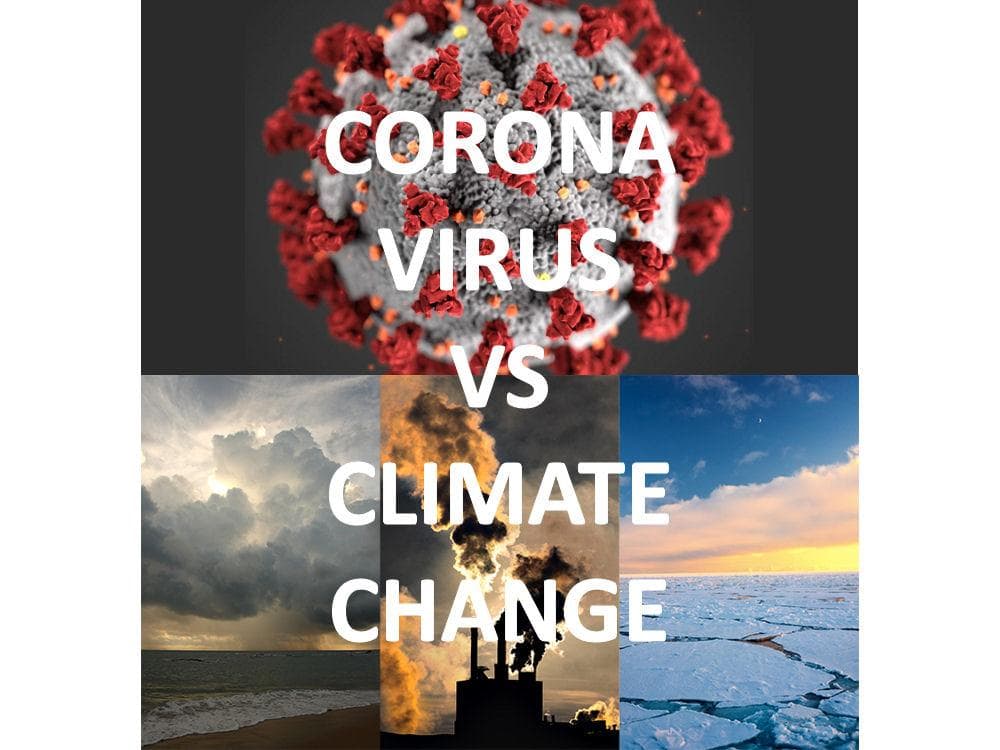Numerous professions develop and apply models to project how a process of interest to them might change in the future as the result of process maturation or the effects of external perturbations. The utility of these models is a function of the degree to which the models mimic the real process, the accuracy of data used as inputs to the models and the relevance of the assumptions regarding future process maturation or future external perturbations. The ability of the models to mimic the real process is limited by the extent to which the science underlying the real process of interest is understood.
The nations of the globe have recently been exposed to the limits of models of poorly understood processes and underlying science in the case of the COVID-19 coronavirus “pandemic”. Existing epidemiological models were used to project numerous factors related to the coronavirus, including infection rate, hospital bed and hospital ICU bed demand and mortality rate based on a very limited understanding of the coronavirus.
The model projections varied widely among themselves; and, they varied widely from the actual observations. For example, initial model projections suggested up to 2.2 million deaths from the coronavirus in the United States. Those projections were continuously modified based on experience, reducing the estimated death toll to fewer than 60,000, or approximately 3% of the original projections. Clearly a substantial contributor to the reduced mortality projections is the result of government-imposed limitations on travel and recommendations for “social distancing” and “sheltering in place” to reduce the likelihood of disease transmission.
The initial model projections helped to shape government actions in response to the coronavirus “pandemic”. In retrospect, it appears that reliance on the early model projections contributed to an overreaction on the part of numerous national governments including the US government. The economic impacts of this overreaction have been devastating to numerous businesses and their owners and employees.
There is a lesson to be learned regarding reliance on unverified models which do not reliably mimic the real process in the formation of government policies with major societal implications. Current climate models have not been verified to accurately mimic global climate. The climate models rely on incomplete, “adjusted” data and are run using ranges of critical values, since the actual values are uncertain. They produce a range of projections of future climate, none of which are consistent with actual observations. The consensed climate science community recognizes that current climate data are inadequate and that the current CMIP5 climate models (with the exception of a Russian model) are producing projections of excessive warming.
The perceived climate “crisis” is based solely on the climate models and does not manifest in actual observations. Citizens have been responsive to the coronavirus crisis because it is obvious that people are being sickened and are dying in large numbers. Citizens have been far less responsive to the climate “crisis” because there is no obvious crisis, but just modest warming and sea level rise.
Climate activists have seized on the effectiveness of government response to the coronavirus “pandemic” as an indication of what government could accomplish if it took the same type of approach to climate change. However, they fail to recognize that the public would be far less responsive to the adverse effects of government actions in response to an unobvious “crisis”, particularly in the wake of the adverse effects of the government response to the coronavirus crisis.
